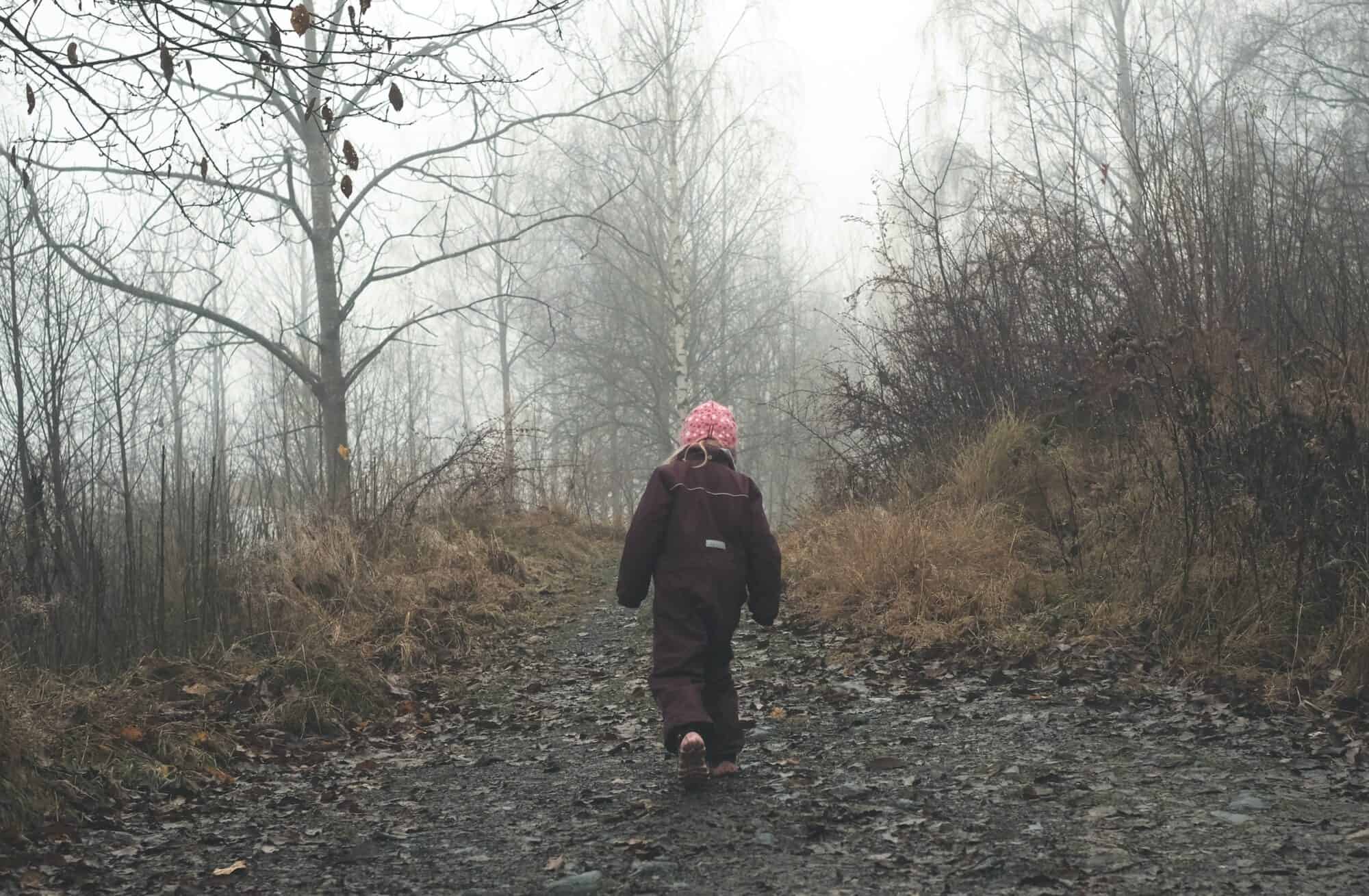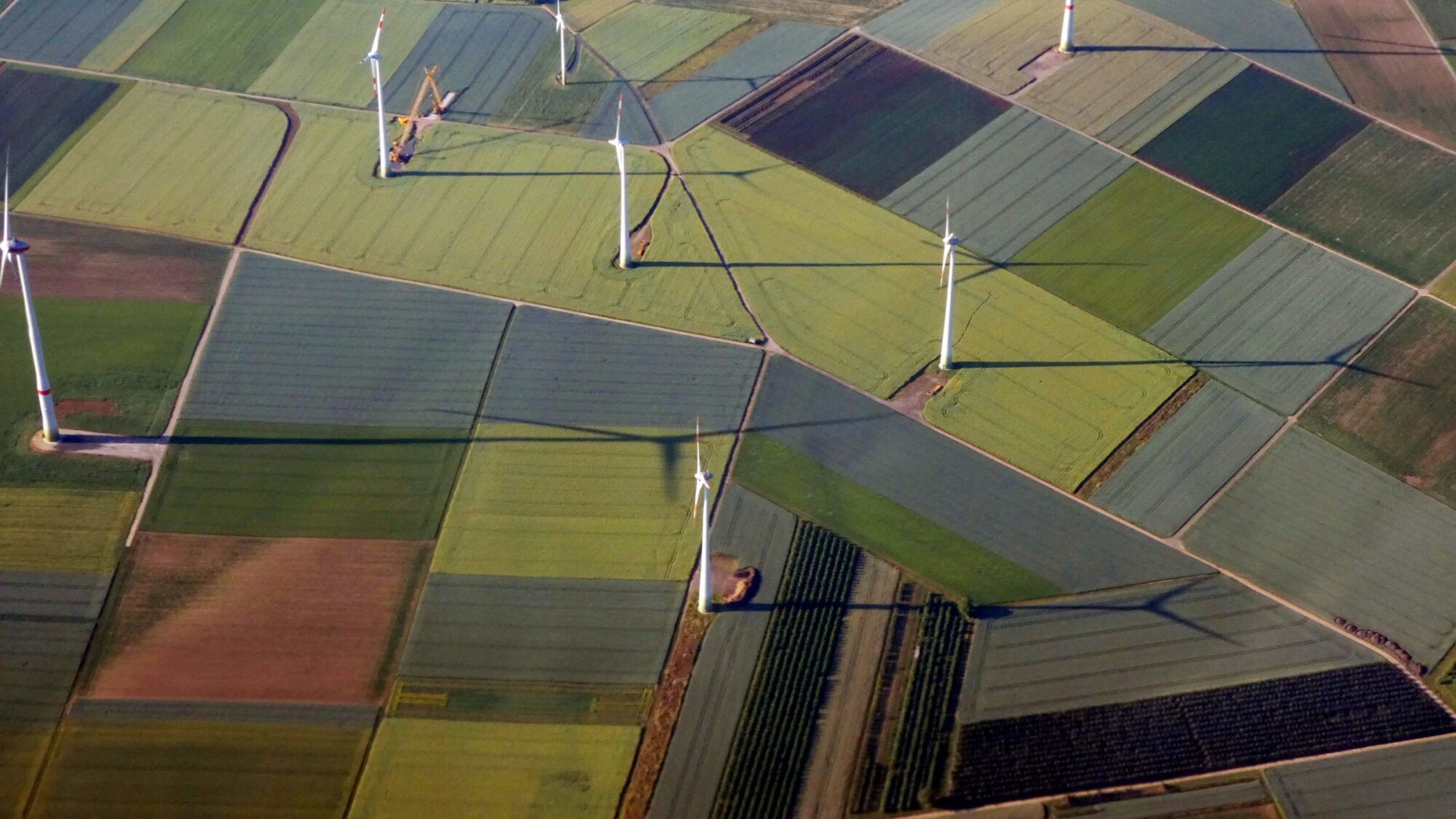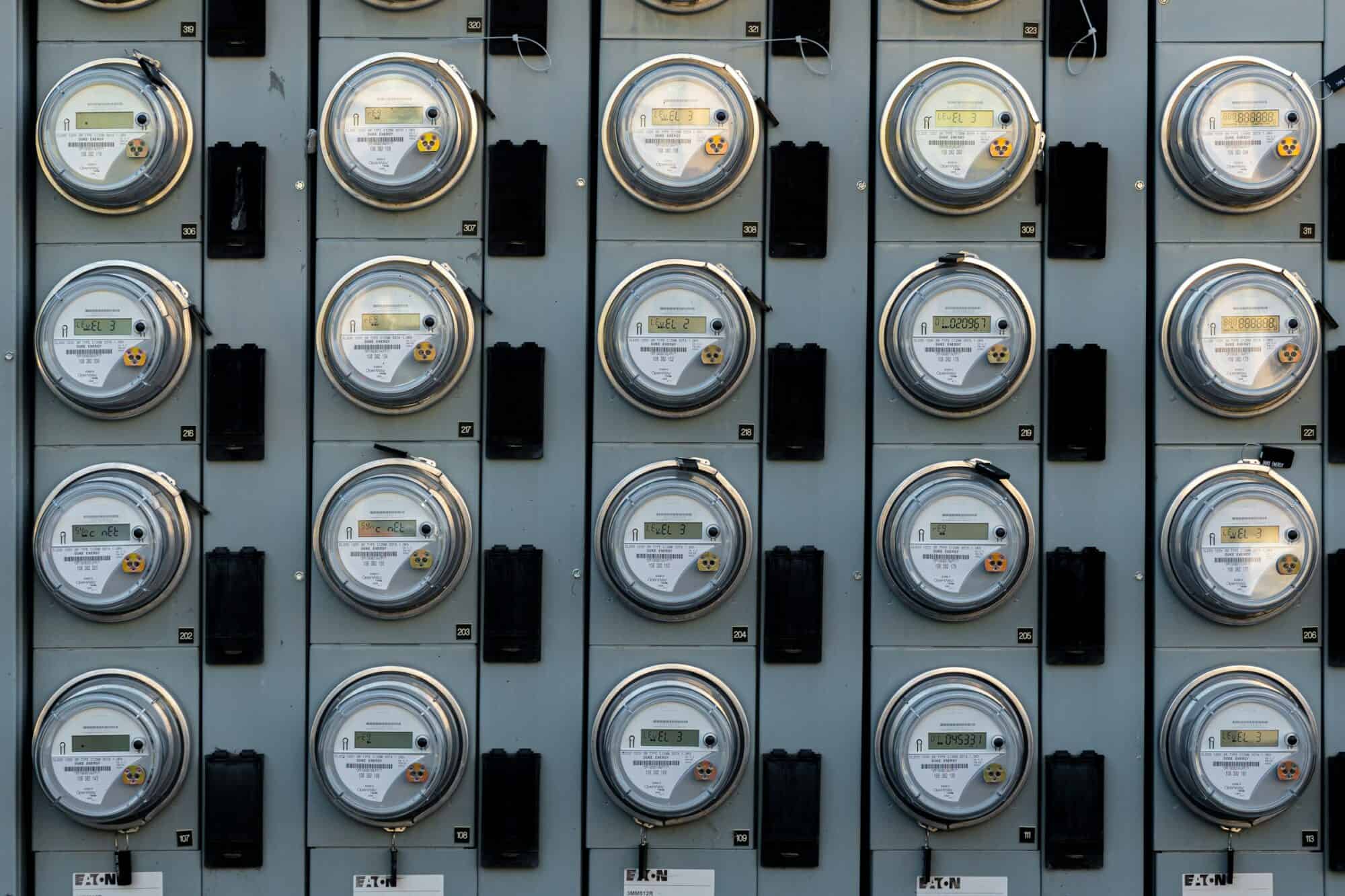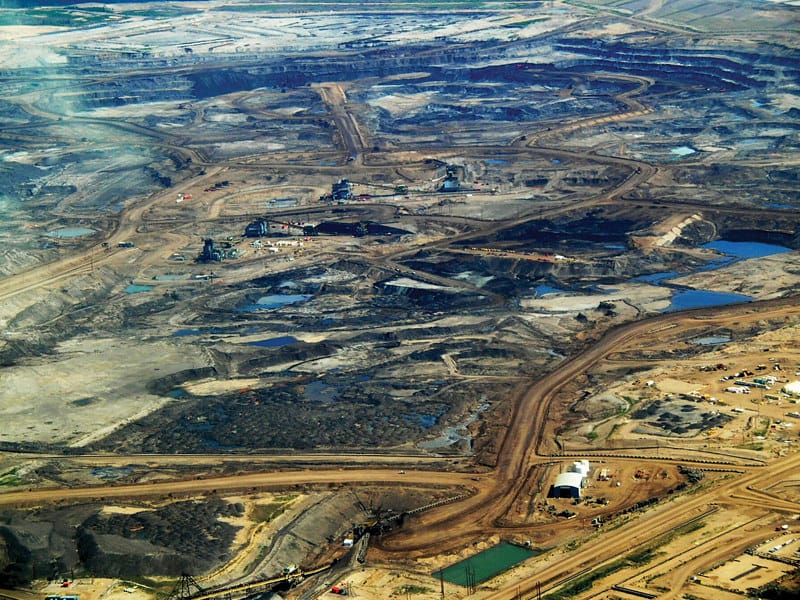Internal documents challenge government’s funding claims for Indigenous children
The government’s refusal to meet the terms of the Human Rights Tribunal ruling reminds us that Canada’s economy systematically devalues Indigenous life.
The government’s refusal to meet the terms of the Human Rights Tribunal ruling reminds us that Canada’s economy systematically devalues Indigenous life.

If we recognize the overlaps between different sectors, drawing dichotomies between “green” and fossil fuel jobs are unhelpful. We really need to think about how our existing set of skills and resources can be leveraged to build a low-carbon economy.

Perversely, governments get captured by the staple industry and lock the country in. Our currency becomes a petro-dollar, our state a petro-state.

The federal role must therefore be to show leadership by bringing the provinces together to develop a national plan, leveraging investment, and supporting a long-term transition through targeted innovation, research, development and commercialization of new technologies.

Energy efficiency is an obvious solution because it is quick, portable, abundant, and cheap. Unlike pipelines that take years to build, energy efficiency efforts can be ramped up within months.

In the face of these challenges the Minister of Natural Resources reacted by repeating the untruth that Keystone XL will not increase GHG emissions. Our federal government has stuck its head back in the tar sands.

Canada’s brand of the resource curse is called the “staples trap”. The pattern was articulated by celebrated Canadian economic historian Harold Innis in his studies of Canadian staple resource economies.

Even though Canada has an abundance of clean energy resources and the potential to find the innovative capacity to take advantage of them, the staples mentality informs the federal government’s policy and politics.


